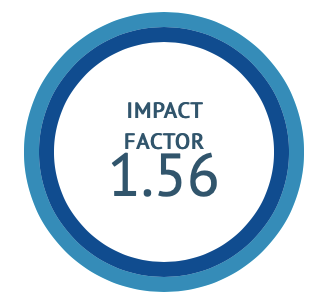A Comparative Clinical Study to Evaluate The Efficacy of Lekhana Basti in Chaturbhadra Kalpa Basti Krama and Yoga Basti Krama in the Management of Sthoulya w.s.r to Obesity
DOI:
https://doi.org/10.47552/ijam.v16i2.5323Keywords:
Obesity, Sthoulya, Basti Karma, Yoga Basti, Chaturbhadra Kalpa Basti, Lekhana BastiAbstract
This clinical study aims to compare the efficacy of Lekhana Basti administered through two different protocols—Yoga Basti Krama and Chaturbhadra Kalpa Basti Krama —in managing Sthoulya (obesity). Obesity, characterized by excessive adiposity, poses significant global health challenges and has been traditionally addressed in Ayurveda through Shodhana Chikitsa, including various Basti therapies. Yoga Basti Krama involves alternating Anuvasana and Niruha Basti treatments, while Chaturbhadra Kalpa Basti Krama employs a sequence of continuous Anuvasana and Niruha Basti treatments. Conducted at Parul Ayurved Hospital with 40 diagnosed cases of Sthoulya , the study assessed the impact of these interventions on weight, BMI, body circumference, and lipid profiles. Results indicated both treatment protocols were effective in reducing weight and improving lipid profiles, with Chaturbhadra Kalpa Basti Krama showing more pronounced improvements in body composition and subjective symptoms of obesity compared to Yoga Basti Krama .
Downloads
Published
How to Cite
Issue
Section
License
Copyright (c) 2025 International Journal of Ayurvedic Medicine

This work is licensed under a Creative Commons Attribution-NonCommercial-ShareAlike 4.0 International License.
The author hereby transfers, assigns, or conveys all copyright ownership to the International Journal of Ayurvedic Medicine (IJAM). By this transfer, the article becomes the property of the IJAM and may not be published elsewhere without written permission from the IJAM.
This transfer of copyright also implies transfer of rights for printed, electronic, microfilm, and facsimile publication. No royalty or other monetary compensation will be received for transferring the copyright of the article to the IJAM.
The IJAM, in turn, grants each author the right to republish the article in any book for which he or she is the author or editor, without paying royalties to the IJAM, subject to the express conditions that (a) the author notify IJAM in advance in writing of this republication and (b) a credit line attributes the original publication to IJAM.




